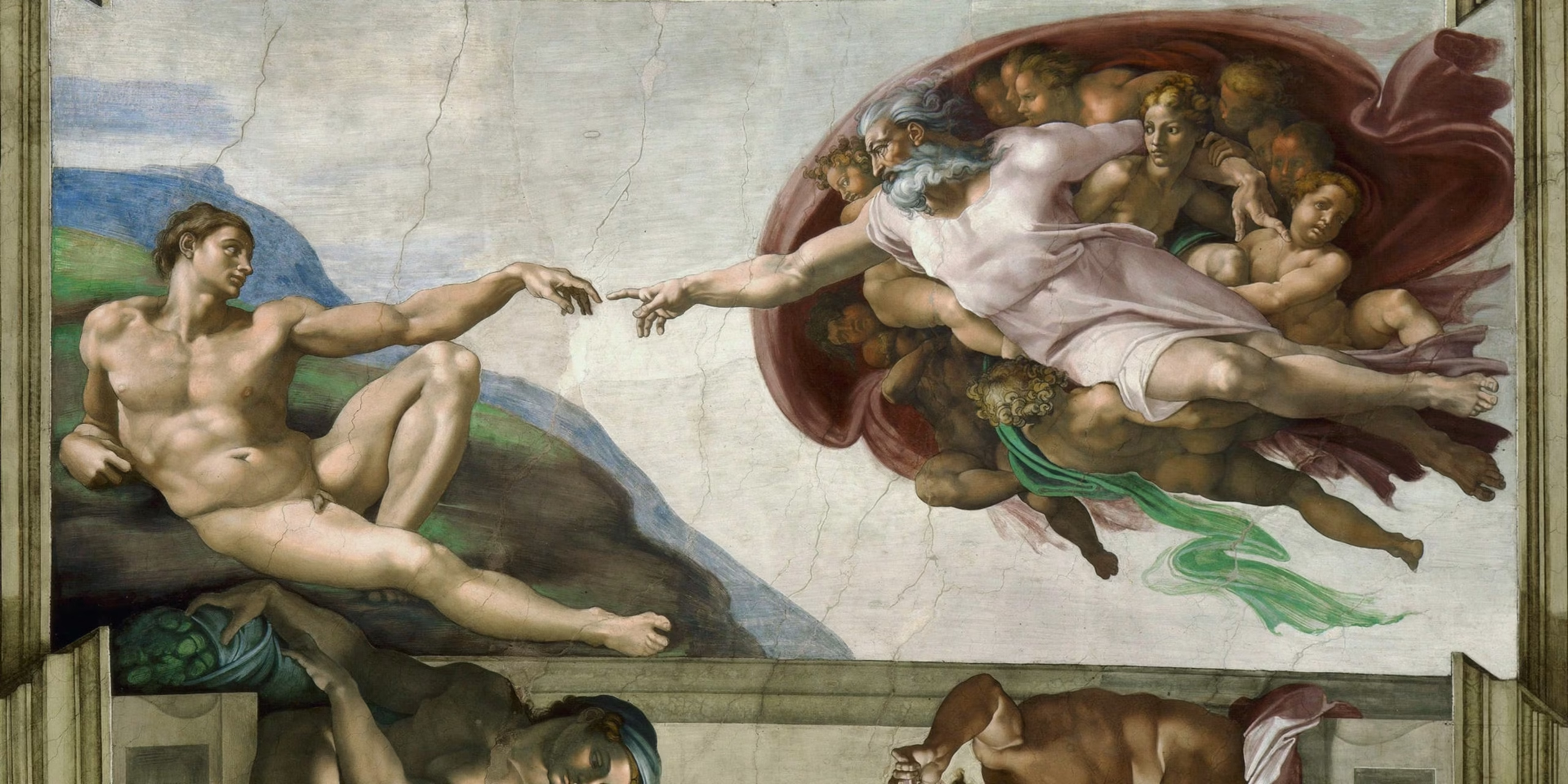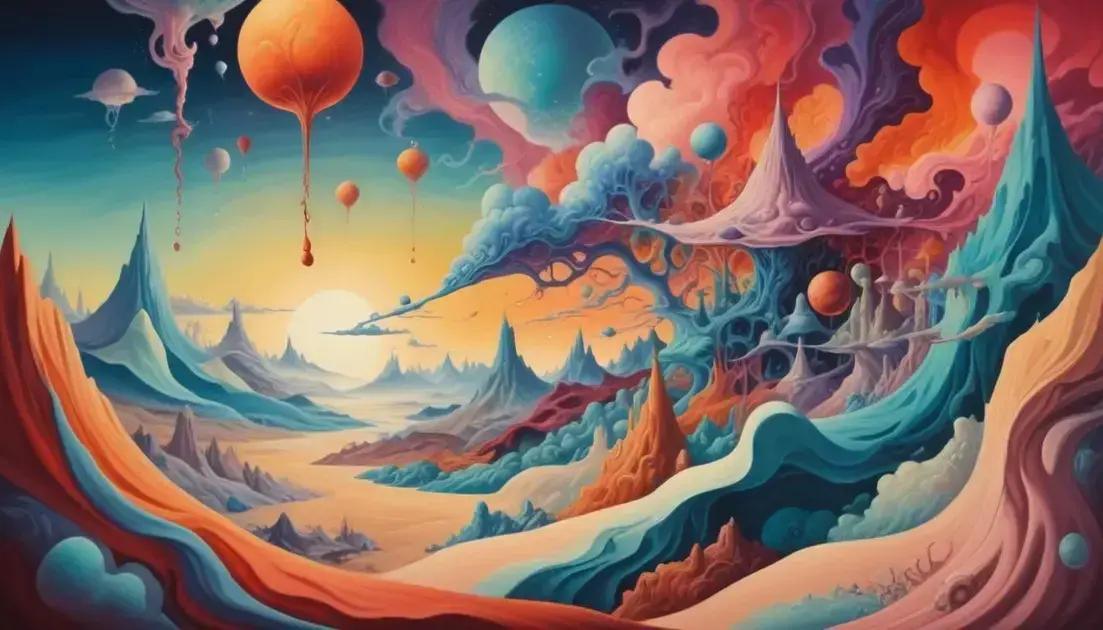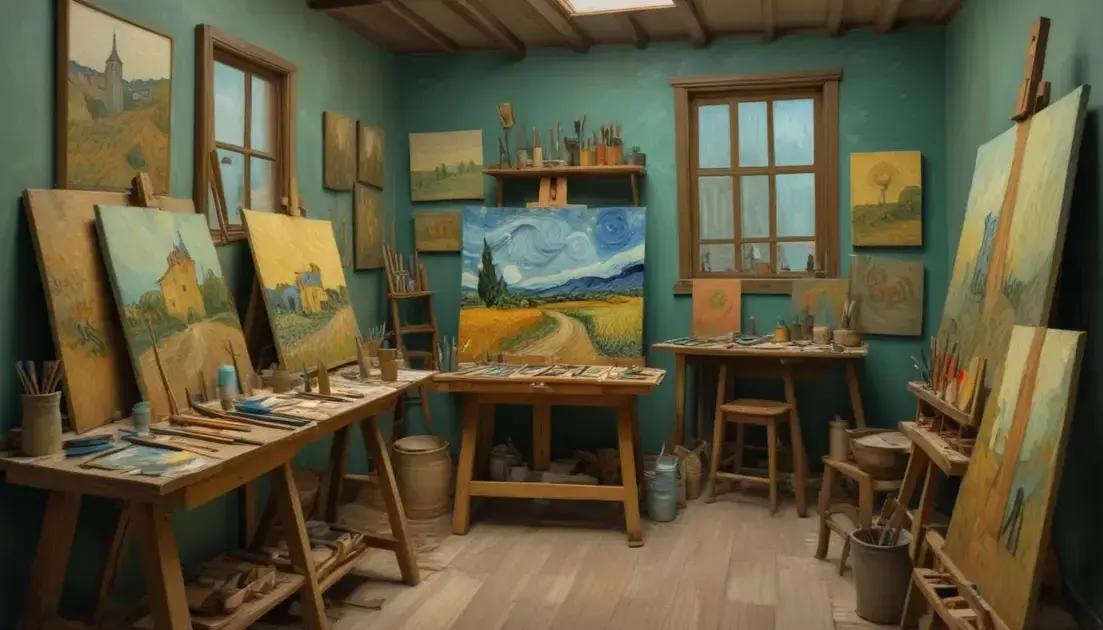
The Origins of the Renaissance and Its Impact on Modern Thought
The Renaissance, a transformative period spanning roughly from the 14th to the 17th centuries, represents a pivotal juncture in Western civilization. Derived from the French word meaning “rebirth,” this era witnessed a resurgence of interest in classical Greek and Roman culture, intertwined with a burgeoning humanist philosophy that celebrated individual potential and achievement. This exploration delves into the origins of the Renaissance, meticulously examining its multifaceted impact on modern thought, art, science, and the very fabric of Western society.
I. The Fertile Ground of Italy: Socio-Economic and Political Preconditions
The Renaissance didn’t emerge spontaneously; it was nurtured by specific socio-economic and political conditions prevalent in 14th-century Italy. Italy, fragmented into independent city-states like Florence, Venice, and Rome, experienced a period of relative peace and prosperity, unlike the rest of Europe embroiled in conflict. This stability fostered the growth of thriving urban centers, attracting ambitious individuals and fostering economic dynamism.
The burgeoning merchant class, enriched through trade and finance, played a crucial role. Unlike the feudal aristocracy, these merchants possessed a new-found wealth and influence, enabling them to patronize the arts and sciences. This patronage system became the engine driving Renaissance creativity, with wealthy families like the Medici in Florence commissioning magnificent works of art and architecture.
The devastating Black Death of the mid-14th century, while catastrophic in its human toll, paradoxically contributed to the Renaissance’s rise. The plague decimated the population, disrupting the feudal system and weakening the power of the traditional aristocracy. This upheaval created opportunities for social mobility, empowering the rising merchant class and fostering a more individualistic society. The mortality also led to labor shortages, driving up wages and strengthening the bargaining power of the surviving workforce.
Moreover, Italy’s geographic location at the crossroads of Europe and the Mediterranean fostered intellectual and cultural exchange. Italian cities served as vital trading hubs, connecting East and West and facilitating the transmission of knowledge, ideas, and artistic styles. The rediscovery of classical texts, previously lost or neglected during the Middle Ages, became a cornerstone of the Renaissance, fueling the intellectual ferment of the time.
II. The Rediscovery of Antiquity: A Foundation for Humanist Thought
The recovery and study of classical Greek and Roman texts were central to the intellectual and artistic transformation of the Renaissance. Scholars, known as humanists, embarked on ambitious projects to locate, translate, and disseminate these invaluable works. Petrarch, often considered the “Father of Humanism,” dedicated his life to the recovery of classical manuscripts, tirelessly searching for lost texts in monasteries and libraries across Europe. His passion for classical literature ignited a broader intellectual movement.
Boccaccio, another prominent humanist, built upon Petrarch’s legacy, contributing significantly to the understanding and appreciation of classical authors. He meticulously transcribed and translated numerous texts, making them accessible to a wider audience. The rediscovery of these classical works profoundly influenced Renaissance thought, providing models of literary style, philosophical inquiry, and artistic expression.
Humanism emphasized human potential and achievement, shifting the focus from the purely theological concerns of the medieval period towards a renewed interest in earthly matters. Humanists studied classical literature not only for its aesthetic value but also for its moral and philosophical insights. They explored themes of civic virtue, political philosophy, and human nature, shaping the intellectual landscape of the Renaissance. This humanistic focus manifested in various fields, influencing literature, art, education, and political thought.
III. Key Figures: Shaping the Renaissance Landscape
The Renaissance was not the product of a single individual but rather the collective effort of numerous exceptional figures. Their contributions across various disciplines – art, science, literature, and politics – shaped the era’s distinctive character.
Leonardo da Vinci: A quintessential Renaissance polymath, da Vinci embodied the era’s spirit of inquiry and innovation. His mastery spanned painting (Mona Lisa, The Last Supper), sculpture, engineering, anatomy, and scientific observation. His notebooks, filled with meticulous drawings, sketches, and scientific observations, reveal his insatiable curiosity and his groundbreaking contributions to various fields. He exemplified the Renaissance ideal of the “universal man,” someone proficient in a vast range of disciplines.
Michelangelo Buonarroti: A sculptor, painter, architect, and poet of unparalleled genius, Michelangelo’s works represent the pinnacle of Renaissance artistic achievement. His David, a masterpiece of anatomical precision and emotional intensity, embodies the ideal of human form. His frescoes in the Sistine Chapel, depicting scenes from the Book of Genesis, remain awe-inspiring testaments to his artistic power and innovative technique. His architectural contributions, including the design of St. Peter’s Basilica, further cemented his legacy.
Raphael Sanzio: Known for his harmonious compositions and idealized figures, Raphael mastered the techniques of perspective and sfumato, creating works of unparalleled beauty and grace. His frescoes in the Vatican Palace, particularly “The School of Athens,” depict a gathering of ancient philosophers and scientists, highlighting the Renaissance’s reverence for classical learning.
Niccolò Machiavelli: A diplomat and political philosopher, Machiavelli’s treatise The Prince remains a seminal work in political science. His pragmatic and often ruthless analysis of power and politics challenged traditional moral frameworks, providing a realistic, albeit controversial, assessment of political leadership. His work continues to be studied and debated, demonstrating its enduring relevance.
Galileo Galilei: A pivotal figure in the Scientific Revolution, Galileo’s contributions to astronomy and physics revolutionized scientific understanding. His observations using the telescope, confirming the heliocentric model of the solar system, challenged established dogma and paved the way for modern scientific inquiry. His emphasis on experimentation and observation established the foundations of the modern scientific method.
These figures, along with countless others, contributed to the rich tapestry of the Renaissance, leaving an indelible mark on art, science, and thought. Their achievements were not isolated incidents; rather, they reflected the broader cultural and intellectual currents of the time.
IV. Artistic Innovations: Transforming the Visual Landscape
The Renaissance witnessed a radical transformation in the arts, driven by the rediscovery of classical techniques and a renewed emphasis on realism and human expression. Several key artistic innovations characterized this era:
Perspective: The development of linear perspective revolutionized the representation of three-dimensional space on a two-dimensional surface. Artists like Leon Battista Alberti and Piero della Francesca meticulously studied geometry and optics, developing mathematical techniques to create realistic depth and spatial illusion in their paintings. This innovation profoundly impacted the way artists depicted the world, creating more realistic and immersive visual experiences.
Oil Painting: The adoption of oil paints allowed artists to achieve greater richness and depth of color, along with finer detail and smoother transitions between tones. Jan van Eyck and Rogier van der Weyden were pioneers of oil painting, producing incredibly realistic and detailed works that captured the subtleties of light and texture. Oil painting became the dominant medium for many Renaissance artists.
Humanism in Art: Renaissance art shifted its focus from stylized religious iconography towards more naturalistic depictions of the human form and emotions. Artists studied human anatomy in detail, striving for accuracy and realism in their portrayals of the human body. This focus on humanism is evident in the works of Michelangelo, Leonardo da Vinci, and Raphael, where figures are depicted with remarkable anatomical precision and emotional depth.
Classical Influences: The rediscovery of classical art significantly influenced Renaissance artistic styles. Renaissance artists studied classical sculptures and architecture, drawing inspiration from their elegance, harmony, and idealized forms. This influence is visible in the architectural styles of buildings such as the Tempietto in Rome, which incorporated classical elements like columns and domes.
The artistic innovations of the Renaissance laid the foundation for Western art, inspiring generations of artists and influencing the evolution of artistic styles. The emphasis on realism, humanism, and classical influences fundamentally changed the way art was conceived and created.
V. The Scientific Revolution: A Paradigm Shift in Understanding the World
The Renaissance was not solely an artistic and humanistic movement; it also spurred a scientific revolution that challenged established scientific beliefs and laid the foundation for modern science. Several factors contributed to this scientific transformation:
The Rise of Empiricism: The Renaissance witnessed a growing emphasis on observation, experimentation, and empirical evidence as the basis for scientific knowledge. This shift away from relying solely on ancient texts or religious dogma proved pivotal in advancing scientific understanding.
New Instruments and Technologies: The invention and improvement of scientific instruments, such as the telescope and the microscope, enabled scientists to make new discoveries and observations that expanded the boundaries of scientific knowledge. Galileo’s use of the telescope to observe the celestial bodies is a prime example of how new technologies revolutionized scientific inquiry.
Mathematical Modeling: The application of mathematics to describe and explain natural phenomena played a crucial role in the Scientific Revolution. Scientists like Kepler and Galileo utilized mathematical models to analyze planetary motion and other natural processes, contributing to the development of physics and astronomy.
Challenging Authority: The Scientific Revolution was characterized by a willingness to challenge established authorities and accepted doctrines. Galileo’s support for the heliocentric model of the solar system, contradicting the geocentric view endorsed by the Church, exemplifies the spirit of intellectual rebellion that characterized this era.
The Scientific Revolution, intertwined with the broader Renaissance movement, marked a radical departure from medieval scientific thought. It established the foundations of modern science, emphasizing empirical observation, experimentation, and mathematical modeling.
VI. The Renaissance Legacy: A Lasting Influence on Modern Thought
The Renaissance’s impact extends far beyond its immediate historical context. Its legacy continues to resonate in modern thought, art, science, and culture:
Humanism and Individualism: The Renaissance emphasis on human potential and individual achievement profoundly influenced the Enlightenment and the development of modern democratic ideals. The focus on human rights, individual liberty, and self-expression owes a significant debt to the humanist philosophy of the Renaissance.
Artistic Innovation and Expression: Renaissance artistic styles and techniques continue to inspire artists and designers today. The principles of perspective, realism, and the use of light and shadow developed during the Renaissance remain fundamental to artistic practice.
Scientific Method and Progress: The Scientific Revolution’s emphasis on empirical observation, experimentation, and mathematical modeling laid the groundwork for modern science and technology. The scientific method, with its reliance on evidence-based reasoning, remains the cornerstone of scientific inquiry.
Secularization of Knowledge: The Renaissance contributed to the gradual separation of science and knowledge from the exclusive domain of the Church, leading to a more secular approach to understanding the world. This process paved the way for greater intellectual freedom and the pursuit of knowledge without religious constraints.
The Rise of Nation-States: The Renaissance fostered the development of centralized nation-states, replacing the fragmented feudal system. The concept of national identity and the consolidation of political power under centralized governments had their roots in the political developments of the Renaissance.
The Renaissance’s profound impact on the development of modern Western civilization is undeniable. Its contributions to art, science, philosophy, and political thought laid the foundations for the modern world, shaping our values, institutions, and ways of thinking. The study of the Renaissance provides valuable insights into the origins of our modern world, highlighting the enduring power of human creativity, innovation, and the pursuit of knowledge. It serves as a powerful reminder that periods of profound cultural and intellectual transformation can have a lasting impact on generations to come.


